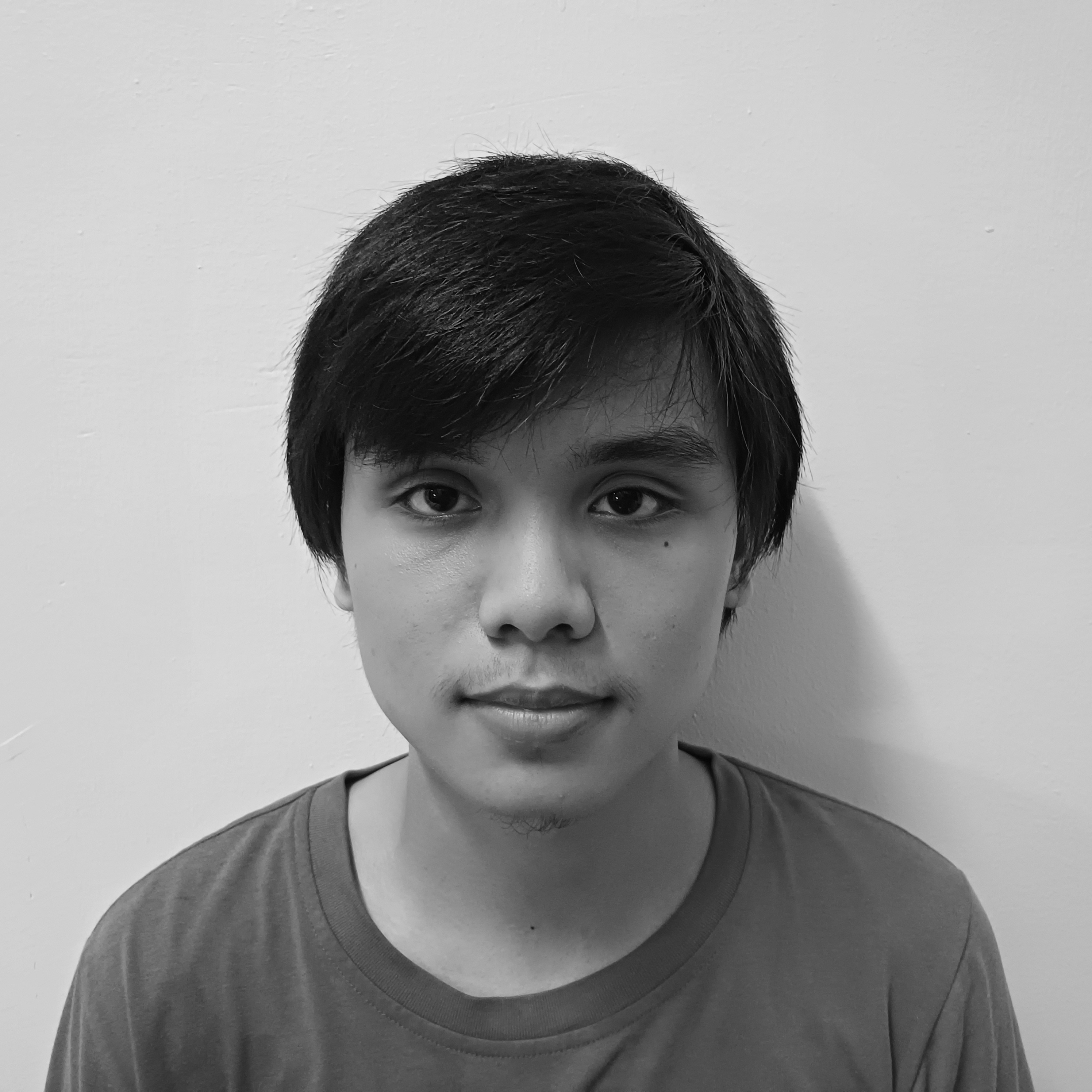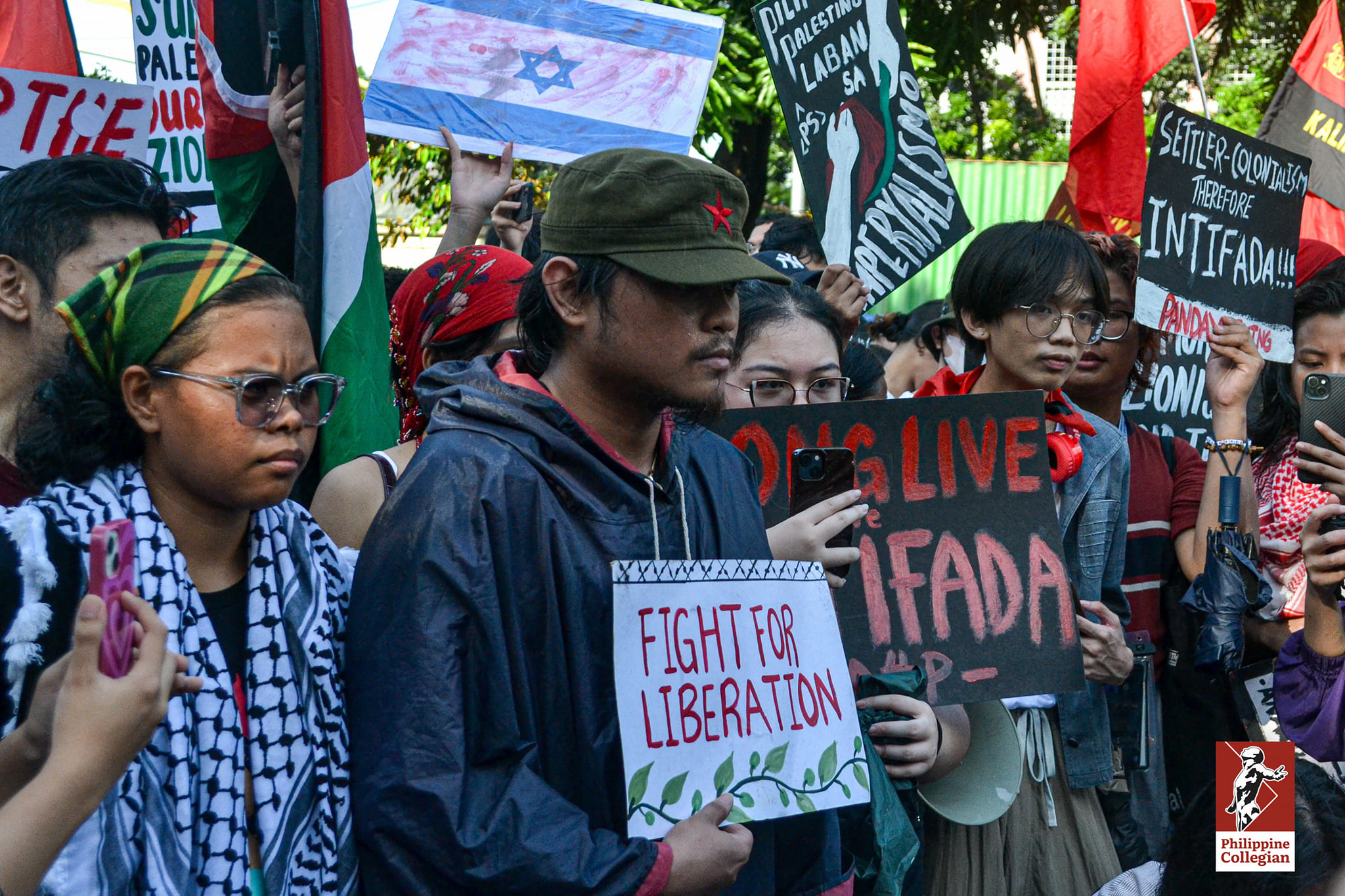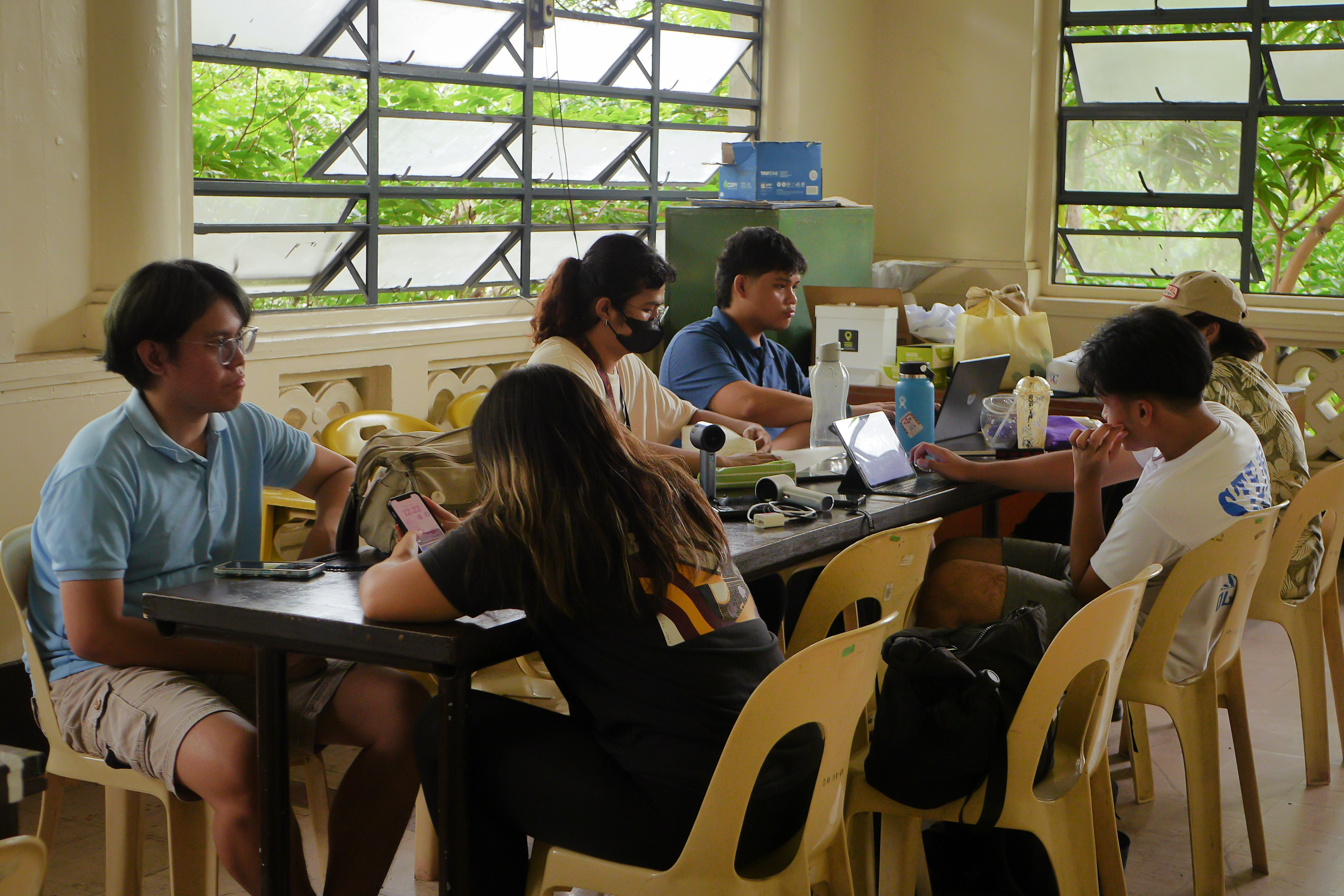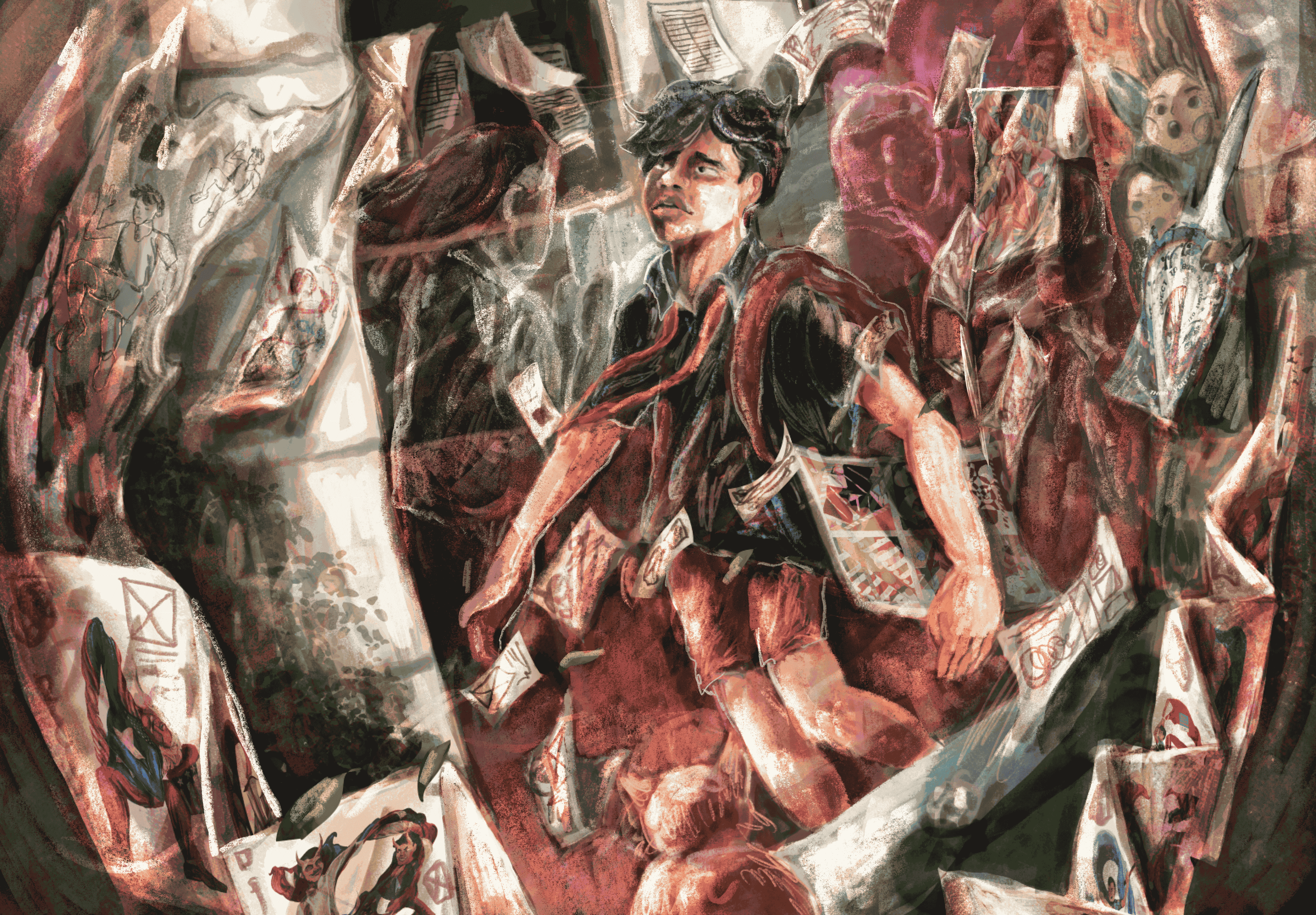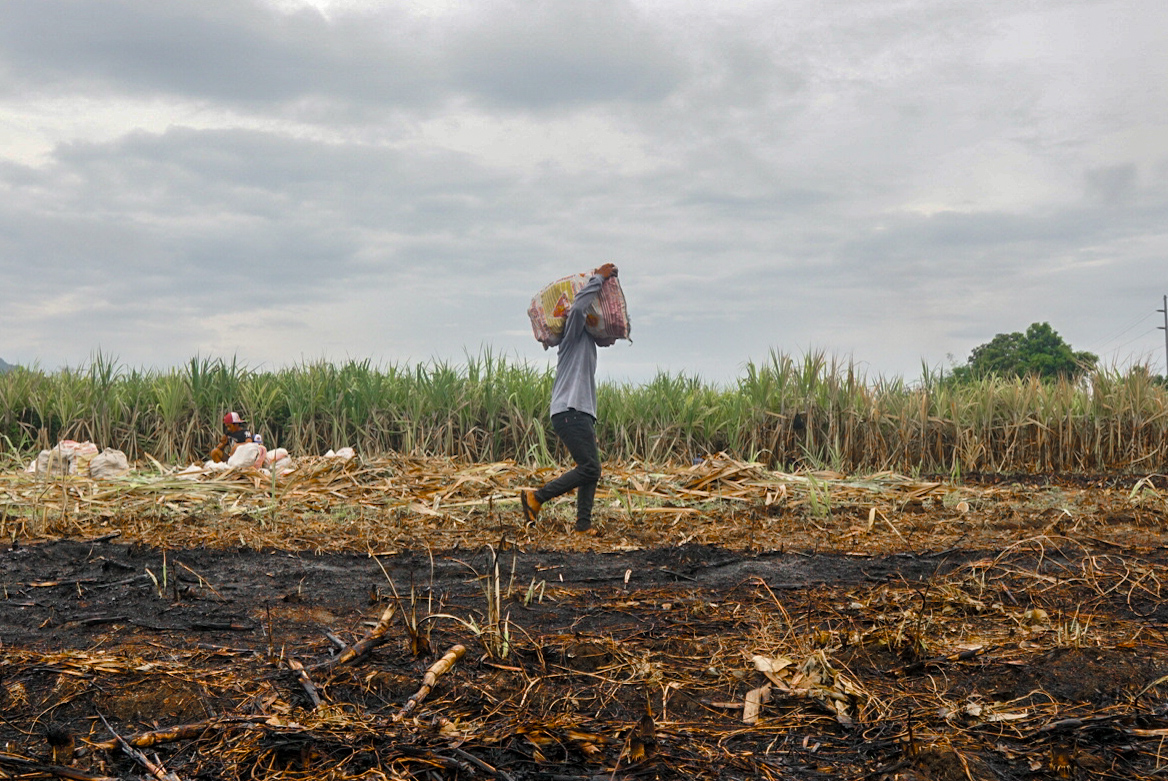The need to advance student rights and welfare while uniting students with the broader community is the reason why the University Student Council (USC) exists. Formed and shaped by struggle, UP Diliman USC has historically been inseparable from the student body with which it aligns its interests.
But with waning student participation and dwindling candidate turnouts in the recent student council elections, the next student leaders of the USC will have to reinvigorate its mandate and bridge the widening gap between the council and the student body.
History of Struggle
The council’s history is intertwined with the student movement. Its strength lies in the students whom they represent. “Napakahalaga talaga na may sense of history ka sa kung paano ipagpapatuloy ang mandate ng council. [Dito], makikita mo na matagal na talaga ang struggle ng USC,” said Raymond Palatino, USC chairperson from 2000 to 2001. During his time in the USC, Palatino led students in opposing charter change and the commercialization of UP’s assets under the Commonwealth Property Development Plan.
Even before then President Ferdinand Marcos Sr.’s dictatorship, the USC and the student movement were already known for their militancy. Students managed to enter Congress in 1961 to disrupt the hearings of the Committee on Anti-Filipino Activities, which targeted progressive students and faculty falsely labeled as communists. In 1966, the USC led busloads of students in front of Malacañang to protest the Philippines’s participation in the Vietnam War.
During the Diliman Commune in 1971, a peaceful protest against oil price hike escalated into an issue of campus militarization. The USC organized a boycott, and students barricaded themselves against state forces attempting to enter campus grounds. With the declaration of Martial Law in 1972, student organizations were outlawed, further suppressing the student movement.
It would take eight years of student campaigns and protests under three terms of UP presidents before the USC would be reestablished. The USC eventually held elections in 1980 after persistent pressure from the students. The council would proceed to facilitate educational campaigns and student actions concerning both campus and national issues, such as tuition fee increases and campus militarization.
This history of struggle has been embodied with each generation of student leaders, who had their own set of challenges to deal with. Today’s generation is no exception, and they, too, are expected to formulate solutions along with the students to surmount each obstacle.
Question of Relevance
Even with its history of hard-won student representation, the USC in recent years struggled with its capacity to exercise its mandate. Some student leaders’ credibility to lead, for one, was called into question as last year’s council elections saw abstentions dominating the polls resulting in unfilled posts, including standard bearers.
This year, only 18 candidates filed for candidacy in an all-time low record. Political party Student Alliance for the Advancement of Democratic Rights in UP (STAND UP) opted out in this year’s election while UP Alyansa ng mga Mag-aaral para sa Panlipunang Katwiran at Kaunlaran (UP Alyansa) only managed to field one candidate. With waning student participation, the ability for the USC to reach out and connect with the student body has weakened.
Cesar Jumao-as, a first-year computer engineering student, believes that a student council that makes its presence felt among the students would convince him to vote. He added that most of the time he only notices the council is when he sees posters of their projects at jeepney stops.
In spreading the campaigns of the USC, Palatino said today’s generation has enough tools to reach out to students to know their needs. “Ang struggle at demands ng student ay ang starting point sa student leadership,” he added.
The pandemic also contributed to the predicaments faced by the USC today. Many student organizations became inactive during the pandemic, even until now. Nagkakaisang Iskolar para sa Pamantasan at Sambayanan (KAISA UP), which secured the top spot in the USC for two consecutive years before its nonparticipation in the 2021 race, remains inactive.
During the pandemic, the USC led efforts in assisting the students and community, including class moratoriums and gathering donations for those heavily affected by the lockdowns. However, the lockdowns constrained the capacity of the USC during remote learning. Jumao-as said that in his experience, the resulting disconnect was carried over when he entered UP. He said that the gap in communication remained, as most interactions with classmates remain online and socially distant.
An Uphill Climb
The USC, in accordance with its mandate, must serve to instill social and political consciousness among students, who themselves are the source of its political power.
“The student is linked to the political climate and runs parallel to the mass movement. Even if there is no upsurge in the parliament of the street, the student council should lead the students in specific sectoral struggles and make sure that UP students should be active in national concerns,” said Palatino.
Jumao-as expressed that he still recognizes the USC’s role as the voice of the students despite lacking significant student engagement. Since the council serves as a platform for students to forward their demands and concerns, the USC has the institutional capacity to negotiate with the university administration and be heard.
Given its position, there is always an opportunity for the USC to prove its commitment to the students and the community. “Whether through forums, event o activity, [student leaders] should not be discouraged by less enthusiastic participation, but take it as a challenge,” said Palatino.
In taking up such tasks, the USC must also move in concert with other institutions and formations to revitalize the student movement. As the clamor for the realization of the rights of students and other sectors persists, there will always be an imperative for a student council to join, unite, and stand with them. ●

